Hi everyone!
Continuing from the previous post about machine types, I would like to discuss the boiler types used.
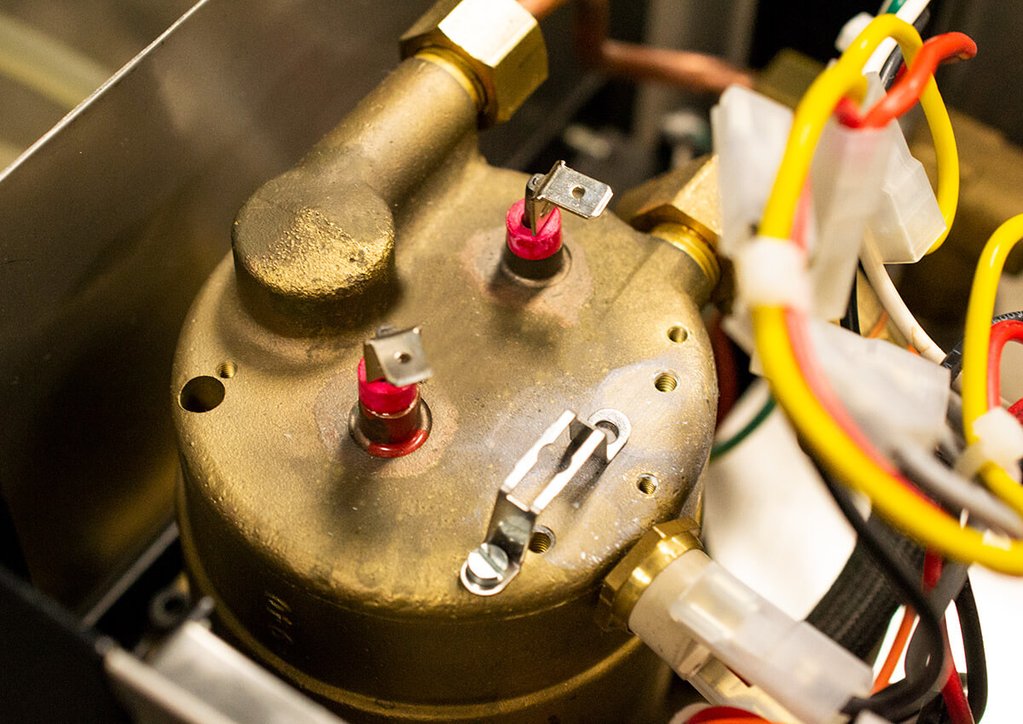
When you start looking at machine specs you will see words like, single boiler, dual boiler, and heat exchange. I will explain what these each mean, and try to help you choose which one best fits your needs.
What the boilers? What do they need to do?
Boilers are the part of an espresso machine responsible of heating up your brew water and providing steam to the steam wand.
Brew water which is used for extraction is typically around 90℃. Where as for steam you need temperatures of above 100℃. The three boiler types differ in the way each prepare these two water temperatures.
Boiler types need to be considered for semi-/fully-automatic machines. Manual machines don’t have a boiler, and the user does not need to care about how super-automatic machines work. If you are unfamiliar with these terms please take a look at this post.
Single boiler
As the name suggests this type uses only one boiler.
It uses this single boiler and raises or lowers the temperature of it depending on whether the user wants to brew or steam.
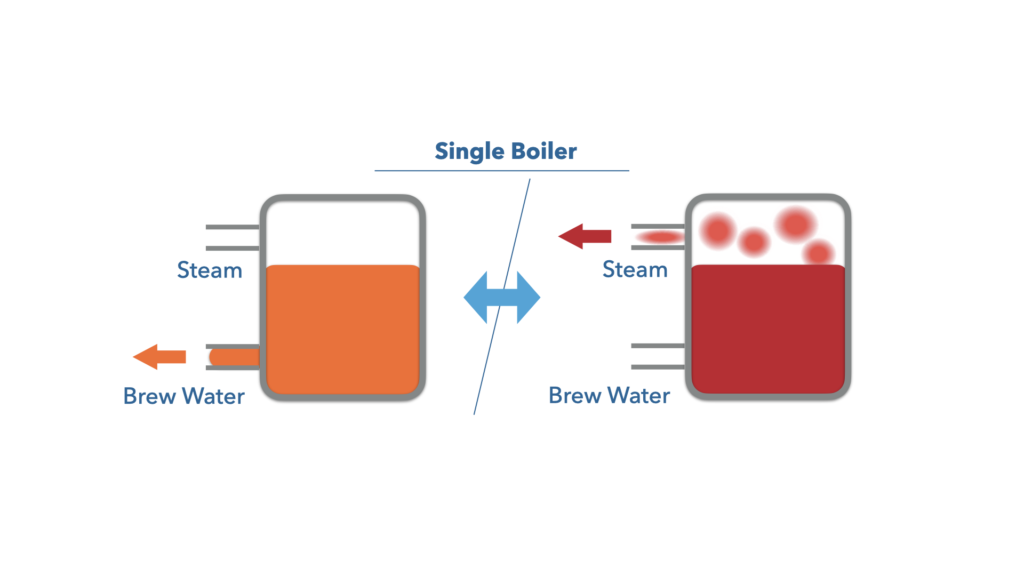
The key drawbacks of this method are
- Brewing and steaming cannot be done at the same time
- There is a wait time between brewing and steaming
These drawbacks directly follow from the boiler structure. Since there is only one boiler, different temperatures can not be provided at the same time.
The wait is necessary for the temperature of the boiler to rise or drop between brewing and steaming.
For this reason, this type of boiler is not a good choice for places like cafes where you need to prepare a lot of drinks in a short amount of time.
Oppositely, for home use it becomes a very good choice. Since due to its simplicity, it is by far the lowest cost boiler of the three types. And the compromise of timing a bit more time to prepare the drinks is not a problem when you only need a few cups a day.
Just as a side note, when you want to make multiple milk drinks in a row with a single boiler, it is faster to pull all the shots you need then change the temperature to steam your milk, rather than alternating between brewing and steaming. This is to reduce the number of times you change the boiler temperature.
Dual boiler
This type uses two independent boilers to provide the brew water and steam.
As you may have guessed, it uses one boiler for each of the temperatures. This allows the user to pull a shot while steaming milk which greatly improves on the work flow for busy environments.
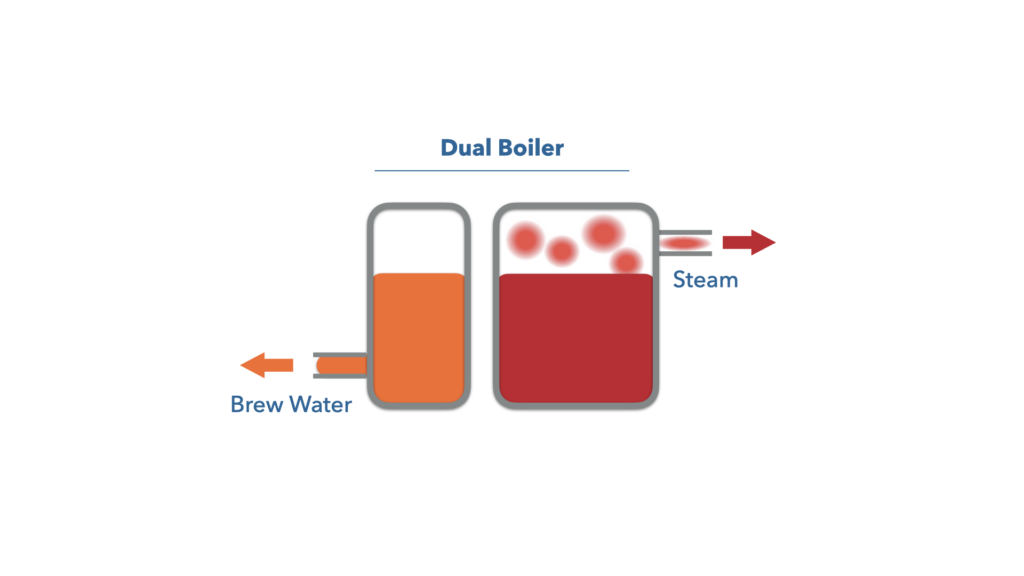
There is no structural drawback to this method, but obviously having two boilers increases the cost of the machine.
As a reference let’s compare the single boiler and dual boiler machines from the very popular Rancillio Silvia series.
The single boiler Silvia retails for around $780, where as the dual boiler Silvia Pro costs around $1700 (US prices). The dual boiler costs more than double in this case. The Silvia Pro does have other added features such as PID temperature control and more, but the boiler is probably the most significant.
It depends on how you plan to use your machine if a dual boiler is worth the extra investment. If you want to regularly serve a crowd it might just be worth it.
Heat exchangers
The heat exchanger machines have features that are close dual boilers.
Heat exchanger boilers can pull shots while steaming milk at the same time.
Simply speaking, heat exchange boilers consist of one single boiler and a pipe running through or close to the boiler.
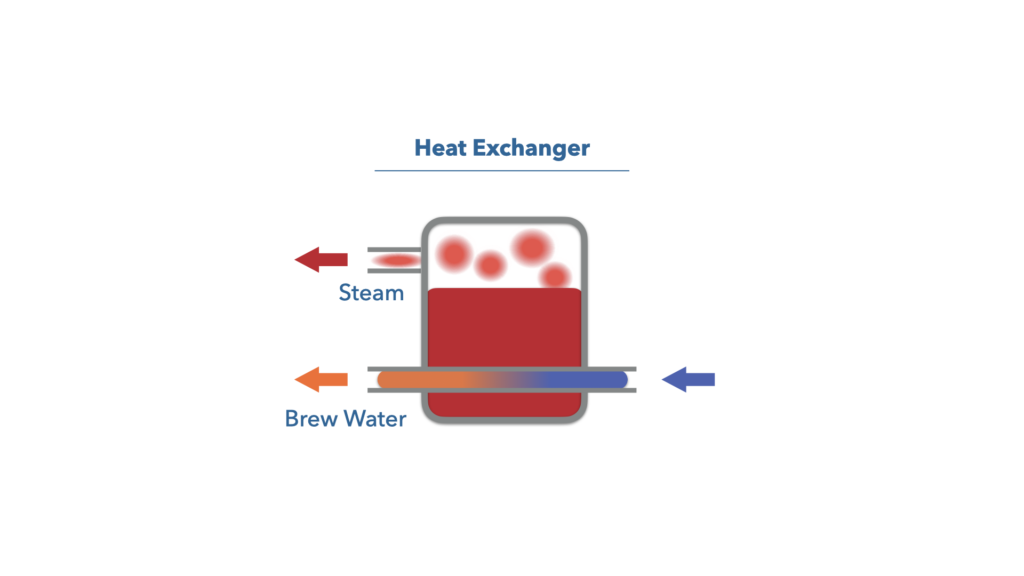
The boiler is always at boiling temperature allowing it to provide steam. The pipe runs cold water to start with, but as the water moves along the pipe it gathers heat from the boiler and ends up at the group head at the right temperature for brewing.
In this way, heat exchanger machines enable simultaneous brewing and steaming with only one boiler. It comparatively needs less components than dual boilers, which typically puts the cost of heat exchangers slightly below dual boilers. This will depend greatly on the exact machine though.
Because of their mechanism, the brew water tends to get over heated when you leave a heat exchanger in idle. You will need to flush the group heat to get rid of the over heated water before starting to pull your shot.
Another thing to point out is that, your brew temperature is indirectly controlled by the boiler temperature. So if you want a lower brew temperature you will need to lower the boiler temperature. This will in turn give you less steaming power.
As you can see, the mechanism of providing the correct brew temperature is more involved than a dual boiler. For this reason, typically you will get more stable temperature control from dual boilers and the ability to independently control the brew temperature and steam pressure.
But having said that, manufacturers of heat exchanger machines have put a lot of effort in to improving temperature stability. So it you should not consider all dual boilers too be better than heat exchangers, it greatly differs with each specific machine.
In terms of the history, heat exchangers were invented earlier. Their classic looks is one aspect that heat exchangers are still very popular.
Summary
We’ve looked at the three types of espresso machine boilers.
- Single boiler : lower cost, can not brew and steam at the same time
- Heat exchangers : mid to high cost, simultaneous brewing and steaming possible. Need to watch out for temperature stability
- Dual boilers : high cost, can brew and steam at the same time. Good stability and control of temperature
If you are looking for your first espresso machine for home use, the single boiler might be the goto option.
But if you need to serve to a big family, maybe heat exchangers or dual boilers might be worth the extra cost.
And if you intend to upgrade later anyway, there is a point in just getting the better one to begin with.


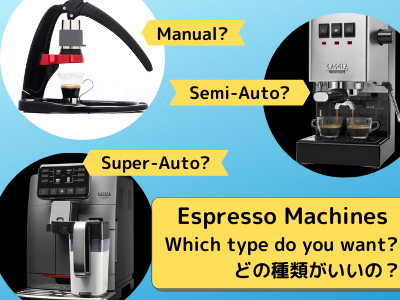

コメント